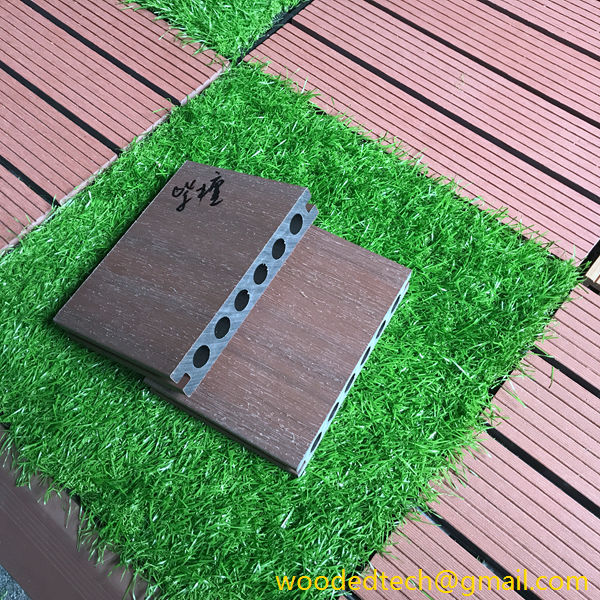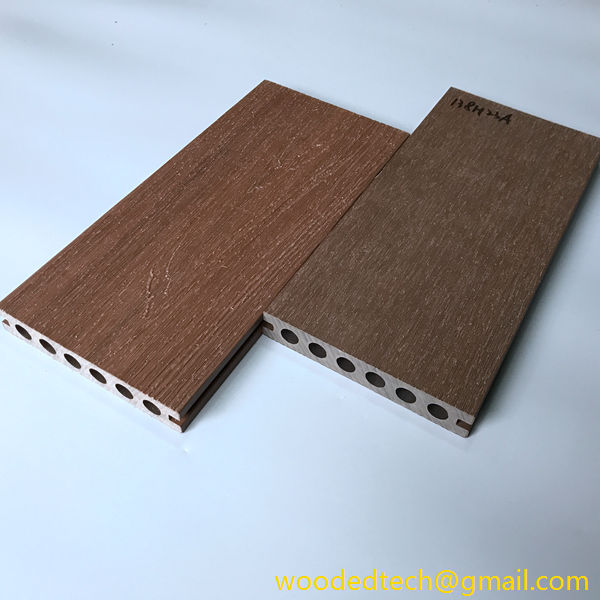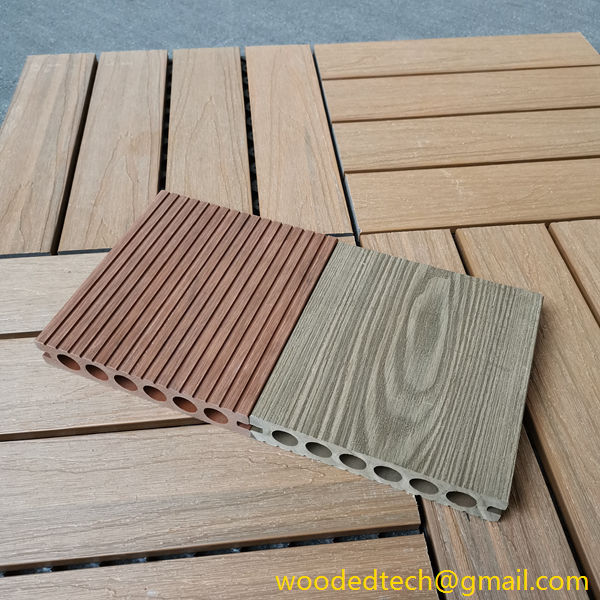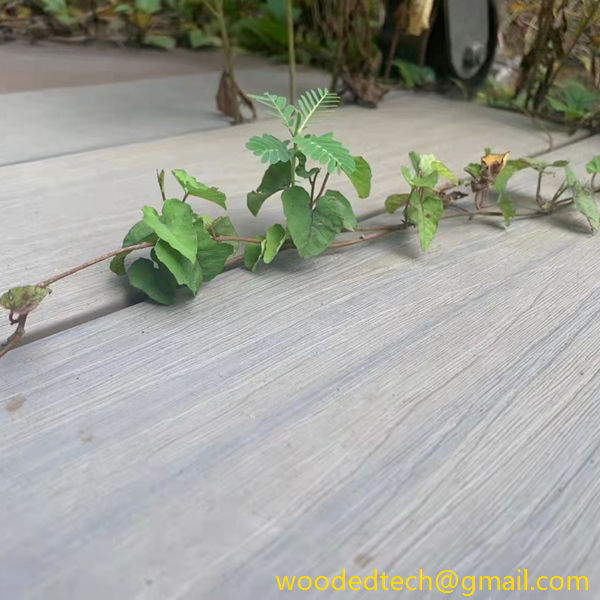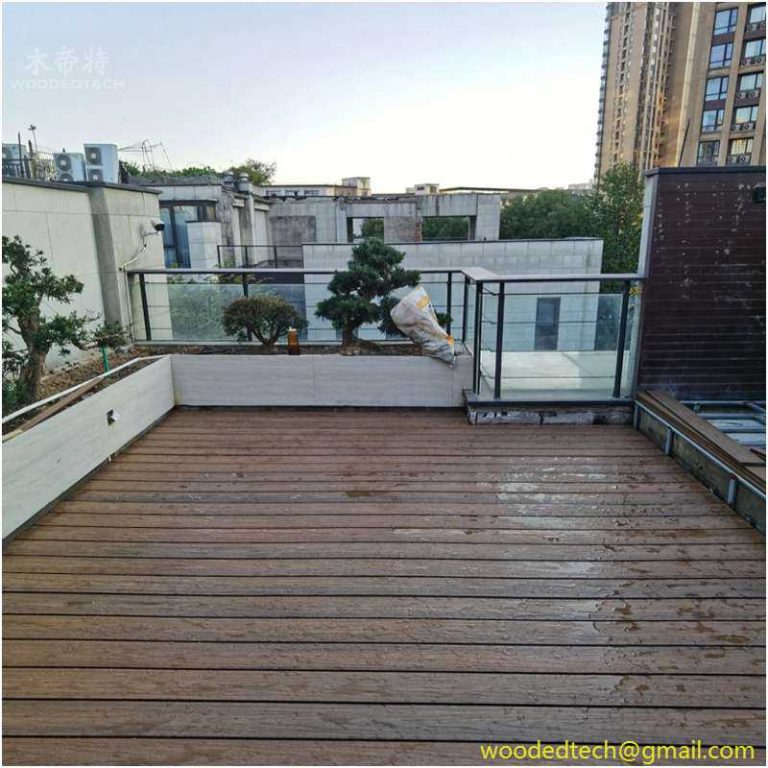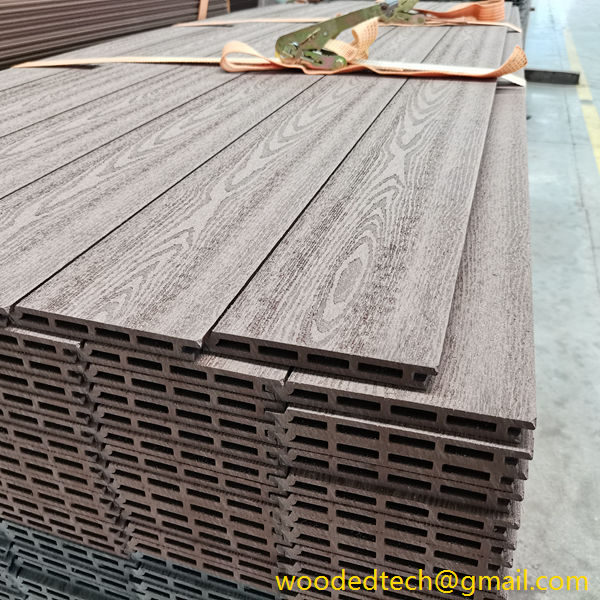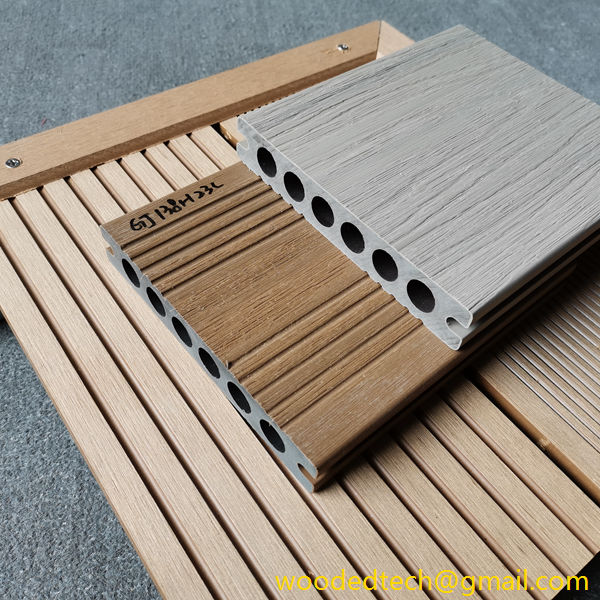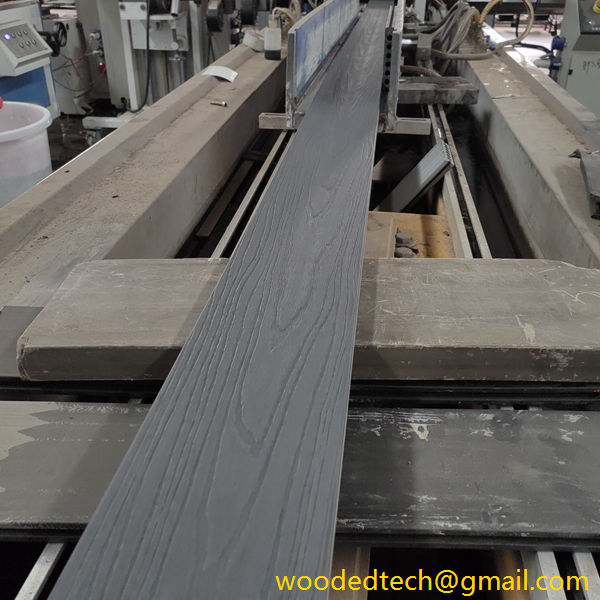Understanding Decking Composite Cost for Your Next Project
Understanding Decking Composite Cost for Your Next Project When it comes to embarking on a new decking project, one of the most critical considerations is the cost of materials. Among the various options available, composite decking has gained significant popularity due to its durability, aesthetic appeal, and low maintenance requirements. However, understanding the cost of…
Understanding Decking Composite Cost for Your Next Project
When it comes to embarking on a new decking project, one of the most critical considerations is the cost of materials. Among the various options available, composite decking has gained significant popularity due to its durability, aesthetic appeal, and low maintenance requirements. However, understanding the cost of composite decking can be complex, and it is essential to consider various factors before making a decision. This article aims to provide a comprehensive overview of composite decking costs, helping you make an informed choice for your next project.
Composite decking is primarily made from a blend of wood fibers and recycled plastic materials. This unique composition offers several advantages over traditional wood decking, including resistance to rot, splintering, and insect damage. Additionally, composite decking is available in a wide range of colors and styles, allowing homeowners to select a design that complements their outdoor space.
When evaluating the cost of composite decking, it is essential first to consider the price per square foot. Generally, composite decking materials can range from $2 to $5 per square foot for lower-end products, while high-end options can go up to $10 or more per square foot. The price variance largely depends on the material quality, brand reputation, and the specific features of the decking boards. For instance, some composite products are designed to mimic the look of natural wood very closely, which can drive up the cost.
In addition to the cost of the decking boards themselves, there are several other expenses associated with a decking project that should be factored into your budget. These include railings, fasteners, and any additional accessories such as lighting or built-in seating. Railings can add significant costs to your project, ranging from $20 to $40 per linear foot, depending on the material and design chosen. Fasteners, which are necessary for securing the boards in place, can also vary in cost, typically running between $0.10 and $0.50 per fastener.
Another important consideration is the cost of labor. If you are planning to hire a professional contractor for installation, you will need to account for their fees as well. Labor costs can vary widely based on your geographic location, the complexity of the project, and the contractor’s experience level. On average, professional installation can add anywhere from $5 to $15 per square foot to the overall project cost. However, many homeowners opt for a DIY approach to save on labor costs, especially if they possess the necessary skills and tools.
Maintenance requirements also play a role in the overall cost of composite decking. One of the key benefits of composite materials is their low maintenance needs compared to traditional wood. While wood decking requires regular staining, sealing, and painting, composite decking typically only requires occasional cleaning with soap and water. This reduced maintenance can lead to significant savings over time, making composite decking an attractive long-term investment.
When comparing the costs of composite decking to traditional wood options, it is also vital to consider the lifespan of the materials. Composite decking is designed to last much longer than wood, often coming with warranties of 25 years or more. In contrast, traditional wood decking may only last 10 to 15 years, depending on the type of wood used and the level of maintenance performed. Although the upfront cost of composite decking may be higher, the long-term savings in replacement and maintenance costs can make it a more economical choice over time.
Additionally, it is essential to consider the environmental impact of your decking material choices. Composite decking is often made from recycled materials, making it a more sustainable option compared to traditional wood that may contribute to deforestation. Choosing eco-friendly materials can enhance your project’s appeal and offer peace of mind knowing that you are making a responsible choice for the environment.
Finally, when planning your decking project, it’s crucial to shop around and compare prices from various suppliers. Each supplier may offer different brands, styles, and pricing structures. Take the time to read reviews and seek recommendations from friends or online communities to ensure that you are selecting high-quality materials that fit within your budget.
In conclusion, understanding the cost of composite decking for your next project involves more than just examining the price per square foot. By considering factors such as labor costs, maintenance requirements, and the long-term value of the materials, you can make an informed decision that aligns with your budget and project goals. While the initial investment in composite decking may be higher than traditional wood, the durability, low maintenance needs, and aesthetic appeal it offers can make it a worthwhile choice for your outdoor space. By taking the time to research and evaluate your options, you can achieve a beautiful and functional deck that enhances your home for years to come.

